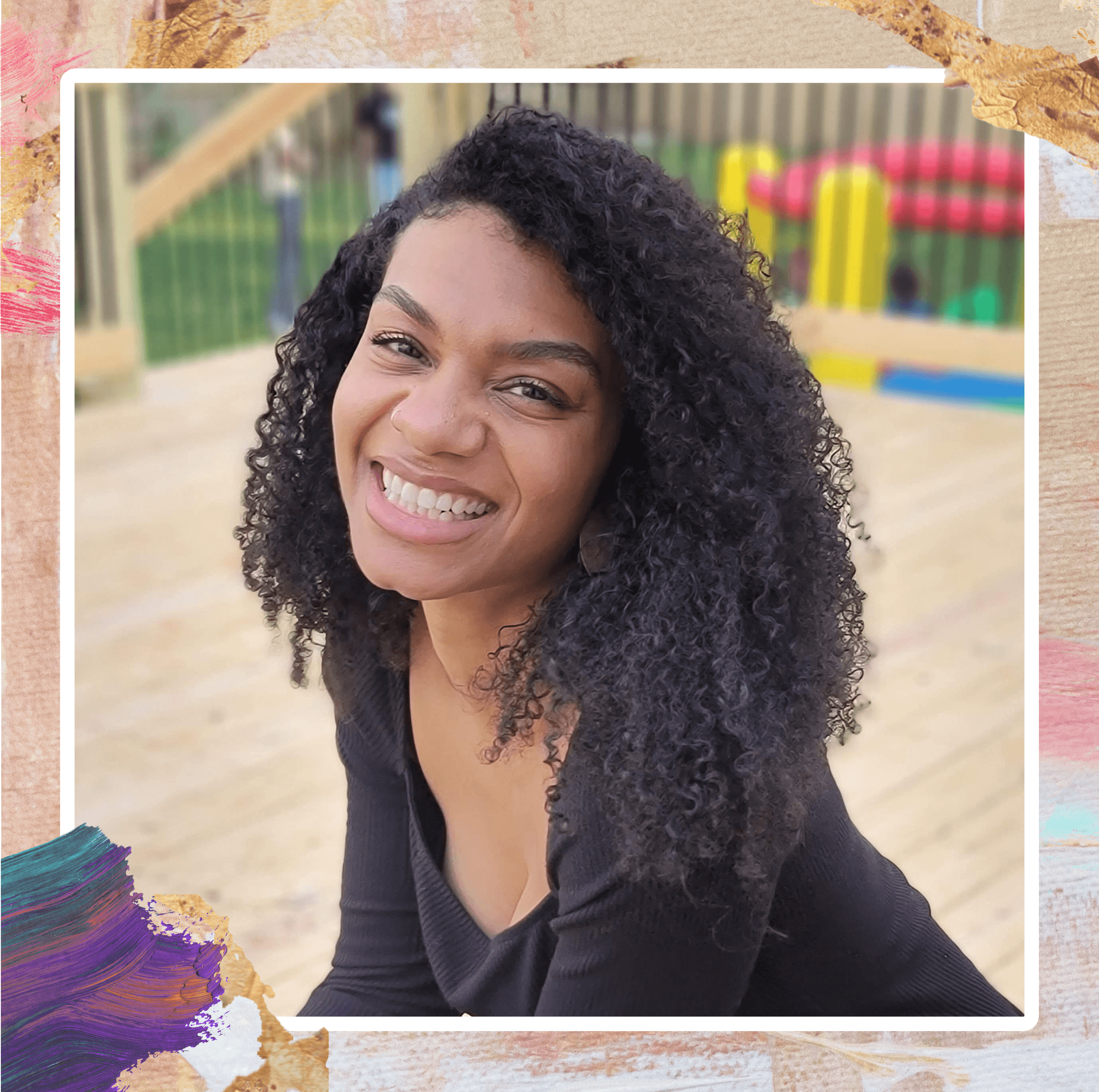For Christin Johnson, Black History Month is about a blend of recognition and celebration of a cultural heritage filled with diverse accomplishments.
“It’s paying homage to all those great things and promoting them both at work and within my family,” says Johnson, a brand strategist for AMP, an Advantage Solutions marketing agency. She is also a member of Advantage’s BAND, the employee resource group for Black and African-American teammates and their allies. We spoke to her as part of Advantage’s monthlong celebration of Black History Month. Here are excerpts from that conversation.
The Art of Being Black: How do you interpret this theme from BAND?
We know that we have great accomplishments, but so does everyone else, right? The art of being Black is how we create those accomplishments, how we carry ourselves, the pursuit, how we conduct ourselves. It’s different. There is a uniqueness, a boldness in how we stand up and stand out in certain places, even in the workplace. We do it with a different kind of finesse.
Different cultures, we have our own way of doing things, whether it’s historical things we pull from the past, whether it’s promoting our hair texture in the workplace or in schools, or the way that we wear jewelry or clothing with a little bit of flash. The art of being Black for me is rooted in the everyday of how we live our lives.
What aspects of your cultural heritage are you most proud of?
My grandfather was Native American and Black. His father was a slave. My grandmother’s a white lady from Canada, and I’m proud that different cultures came together to create me. I appreciate all of the different perspectives that promote Blackness, whether it was my white grandmother loving on the Black kids in her neighborhood, or my half Native American grandfather, who took in his late wife’s mixed race and Black children and raised them as his own.
I appreciate the acceptance and the welcoming warmth that my family instilled in me. I also really appreciate the hard work. My paternal great-grandfather bought a farm. He was a sharecropper in North Carolina, and he was able to save and buy a large portion of that farm. He passed on his legacy of owning, buying and keeping things alive on his own dime. It’s a huge testament to my entrepreneurial spirit.
Why did you join BAND and how has your involvement impacted your work experience at AMP/Advantage?
I’m a brand strategist. It’s a creative career path where you can use problem solving and research to come to these cool conclusions to help promote marketing messages, but I had no clue this career path existed. I went to school for fashion. That failed, but I educated myself, had informational interviews, asked around, and I got my foot in this door by going back to school for it.
In ERGs like BAND, I can show representation. I have the capability to show others this career path exists not just on “Mad Men,” not just for certain toned people, but for us, too. It’s really important to have that representation, and to have my unique lens welcomed and valued.
How can teammates show support and appreciation for Black History Month or for their Black/African-American peers in general?
It doesn’t take a lot. I don’t expect people of other cultures to be an expert on my culture. I’m still learning that rich history. But just showing up, showing support, that you care, whether it’s at an ERG event or ‘Hey, I want to get to know you better as a person.’
It’s not about Black culture per se, it’s about interpersonal connection and getting to know someone who’s not like you. Even within the Black community there are nuances. I am not like every Black person. Every Black person is not like me. So, investing time to get to know another person, getting that one-on-one time to learn from one another is huge.
The Importance of Diversity and Equity at Advantage: Why does it matter?
It’s huge because the world is not one color. AMP is in the business of marketing, mirroring and promoting what’s happening in culture. That’s part of what I do. I learn what’s happening in culture, in consumer behavior, and I learn how to leverage it in a way that helps brands and consumers come together. Whether that’s a marketing message or a community effort, it’s a way to bridge a gap.
Diversity is big because in that process of learning about consumers, there are vast differences — not just based on culture and skin color, but in neurodivergence and many other ways as well. Understanding the differences between people will help the work that we do become that much richer and well-accepted within more communities. As marketers, if we don’t listen to and amplify what’s happening in the world around us, then what we produce just won’t resonate.
